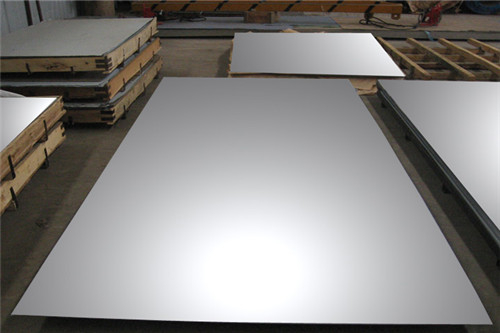
| 3/16" | 1/4" | 5/16"" | 3/8"" | 1/2" | 5/8"" |
|---|---|---|---|---|---|
| 4.8mm | 6.3mm | 7.9mm | 9.5mm | 12.7mm | 15.9mm |
| 3/4"" | 1"" | 1 1/4"" | 1 1/2"" | 1 5/8"" | 1 3/4"" |
| 19mm | 25.4mm | 31.8mm | 38.1mm | 41.3mm | 44.5mm |
| 2"" | 2 1/2"" | 3"" | |||
| 50.8mm | 63.5mm | 76.2mm | |||
General Properties
Alloy 310 (UNS S31000) is an austenitic stainless steel developed for use in high temperature corrosion resistant applications. The alloy resists oxidation up to 2010oF (1100oC) under mildly cyclic conditions.
Because of its high chromium and moderate nickel content, Alloy 310 is resistant to sulfidation and can also be used in moderately carburizing atmospheres.
The more severe carburizing atmospheres of thermal process equipment usually require nickel alloys such as 330 (UNS N08330). Alloy 310 can be utilized in slightly oxidizing, nitriding, cementing and thermal cycling applications, albeit, the maximum service temperature must be reduced. Alloy 310 also finds usage in cryogenic applications with low magnetic permeability and toughness down to -450oF (-268oC). When heated between 1202 – 1742oF (650 – 950oC) the alloy is subject to sigma phase precipitation. A solution annealing treatment at 2012 – 2102oF (1100 – 1150oC) will restore a degree of toughness.
310S (UNS S31008) is the low carbon version of the alloy. It is utilized for ease of fabrication. 310H (UNS S31009) is a high carbon modification developed for enhanced creep resistance. In most instances the grain size and carbon content of the plate can meet both the 310S and 310H requirements.
Alloy 310 can be easily welded and processed by standard shop fabrication practices.
Applications
Cryogenic Components
Food Processing
Furnaces – burners, doors, fans, piping and recuperators
Fluidized Bed Furnaces – coal combustors, grids, piping, wind boxes
Ore Processing/Steel Plants – smelter and steel melting equipment, continuous casting equipment
Petroleum Refining – catalytic recovery systems, flares, recuperators, tube hangers
Power Generation – coal gasifier internals, pulverized coal burners, tube hangers
Sintering/Cement Plants – burners, burner shields, feeding and discharging systems, wind boxes
Thermal Processing – annealing covers and boxes, burner grids, doors, fans, muffles and retorts, recuperators, walking beams
Standards
ASTM........A 240
ASME........SA 240
AMS..........5521
Corrosion Resistance
Wet Corrosion
Alloy 310 is not designed for service in wet corrosive environments. The high carbon content, which is present to enhance creep properties, has a detrimental effect on aqueous corrosion resistance. The alloy is prone to intergranular corrosion after long term exposure at high temperatures. However, due to its high chromium content (25%), Alloy 310 is more corrosion resistant than most heat resistant alloys.
High Temperature Corrosion
The high chromium (25%) and silicon (0.6%) content of Alloy 310 make it more resistant to high temperature corrosion in most in-service environments. Operating temperatures are listed below.
Oxidizing conditions (max sulfur content – 2 g/m3)
1922°F (1050°C) continuous service
2012°F (1100°C) peak temperature
Oxidizing conditions (max sulfur greater than 2 g/m3)
1742°F (950°C) maximum temperature
Low oxygen atmosphere (max sulfur content – 2 g/m3)
1832°F (1000°C) maximum temperature
Nitriding or carburizing atmospheres
1562 – 1742°F (850 – 950°C) maximum
The alloy does not perform as well as Alloy 600 (UNS N06600) or Alloy 800 (UNS N08800) in reducing, nitriding or carburizing atmospheres, but it does outperform most heat resistant stainless steels in these conditions.